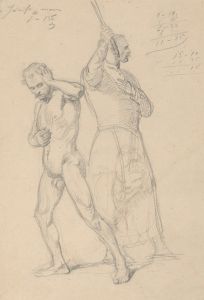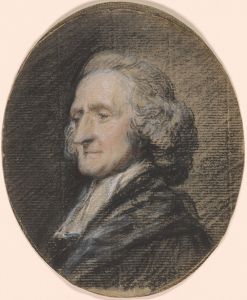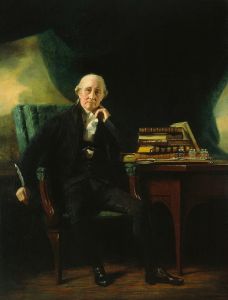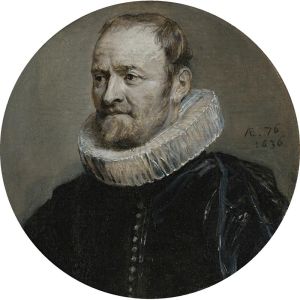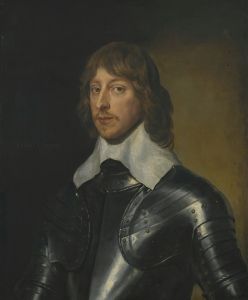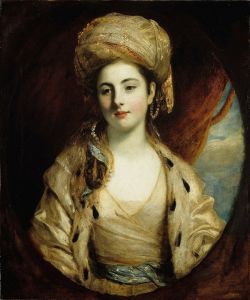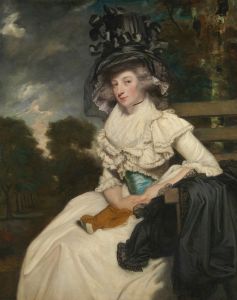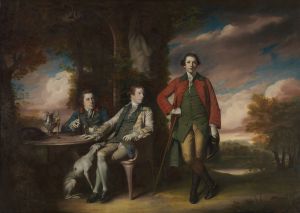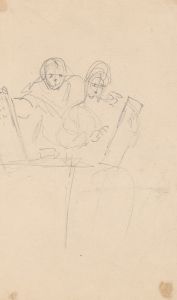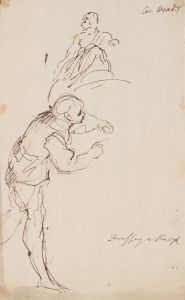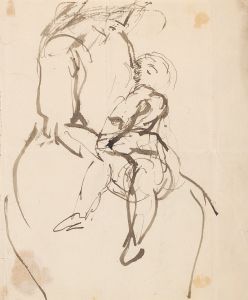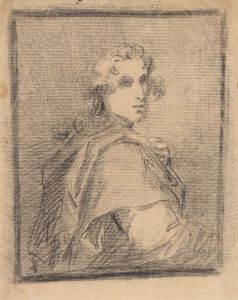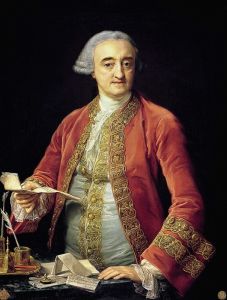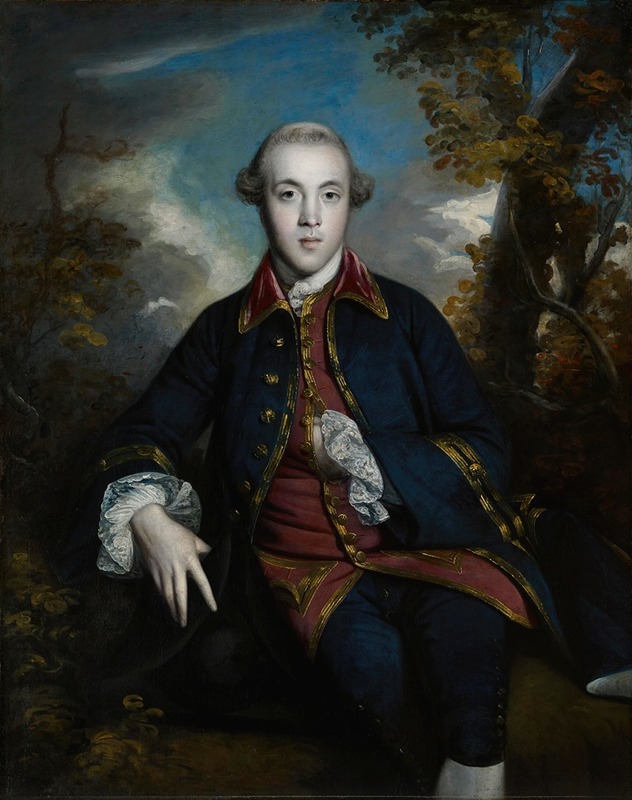
Portrait of Charles Brandling
A hand-painted replica of Sir Joshua Reynolds’s masterpiece Portrait of Charles Brandling, meticulously crafted by professional artists to capture the true essence of the original. Each piece is created with museum-quality canvas and rare mineral pigments, carefully painted by experienced artists with delicate brushstrokes and rich, layered colors to perfectly recreate the texture of the original artwork. Unlike machine-printed reproductions, this hand-painted version brings the painting to life, infused with the artist’s emotions and skill in every stroke. Whether for personal collection or home decoration, it instantly elevates the artistic atmosphere of any space.
The "Portrait of Charles Brandling" is a painting by the renowned 18th-century British artist Sir Joshua Reynolds. Reynolds, a prominent figure in the art world, was known for his influential role in the development of portrait painting in Britain. He was a founding member and the first president of the Royal Academy of Arts, and his work significantly shaped the standards and styles of portraiture during his time.
Charles Brandling, the subject of this portrait, was a member of a notable English family with significant social and political connections. The Brandling family was well-established in the north of England, particularly in Newcastle and the surrounding areas. Charles Brandling himself was a politician, serving as a Member of Parliament for various constituencies during the late 18th and early 19th centuries. His political career and social standing would have made him a fitting subject for a portrait by an artist of Reynolds' stature.
Reynolds' portraits are celebrated for their grandeur and the way they capture the character and status of the sitter. In the "Portrait of Charles Brandling," Reynolds employs his characteristic style, which often includes a sophisticated use of color, light, and shadow to create a sense of depth and presence. The painting likely reflects Reynolds' ability to convey the dignity and personality of his subjects, a skill that earned him numerous commissions from the British aristocracy and gentry.
The exact date of the painting is not specified, but it would have been created during Reynolds' active years, which spanned from the mid-18th century until his death in 1792. During this period, Reynolds was at the height of his career, producing works that were highly sought after by the elite of British society.
Reynolds' technique often involved the use of rich, layered brushwork and a palette that emphasized warm tones, which helped to enhance the lifelike quality of his portraits. His approach to composition was influenced by his study of the Old Masters, particularly the works of artists like Rembrandt and Rubens, whose influence can often be seen in the dramatic and dynamic poses of his subjects.
The "Portrait of Charles Brandling" would have been intended not only as a personal likeness but also as a statement of Brandling's social position and personal achievements. Portraits during this era were often used to convey the wealth, power, and sophistication of the sitter, and Reynolds was adept at incorporating these elements into his work.
As with many of Reynolds' portraits, the "Portrait of Charles Brandling" would have been displayed in a prominent location, either in a family home or a public gallery, serving as a testament to the Brandling family's status and influence. Today, works by Reynolds are held in high regard and are featured in major art collections around the world, appreciated for their historical significance and artistic excellence.





